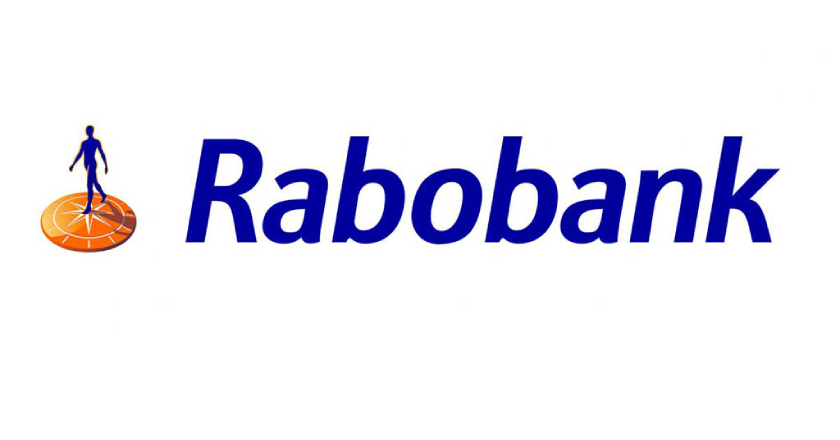The milk pool of the seven largest milk exporters worldwide is growing. In 2020, the increase was 4.5 bn litres, Rabobank estimate. This is the highest level since 2017. For 2021, a more moderate but sustained growth by a total of 2.7bn l is expected.
The dairy market has not reacted strongly to the second Corona wave so far, but it is facing an uncertain time. Low oil prices, a strong euro-dollar exchange rate and Brexit underline this. But there are also prospects that will have a positive impact on the dairy market, according to Rabobank analysts. This is mainly due to low stocks in Europe and the US, the Corona vaccine and the possible reopening of the foodservice business during the first quarter.
During the second Corona wave, most basic dairy prices remained remarkably stable, says Daniëlle Duijndam, dairy analyst at Rabobank. “The closed food service channels gave a stronger reaction to mozzarella prices. This fell by 9.9% to €2,500 per tonne in the same period. Due to current market conditions, EU suppliers are not holding large stocks and traders and buyers are reluctant to take future positions. Surprisingly, this leads to a kind of market equilibrium. For the first half of 2021, we expect a stable to marginal decline in European milk consumption compared to this year.”
The EU milk price improved by €2.15 per 100 kg (+6.6%) since July and averaged €34.71 per 100 kg in October. For the first months of 2021, the average EU milk price is expected to be between € 33.50 and € 35.50 per 100 kg.
For the United States, Duijndam expects milk price volatility to continue in the coming period. “This price decline was the result of additional uncertainty related to the American elections, an increasing number of Corona cases and the question of whether government support (USDA Food Box Program) will continue after December”.



